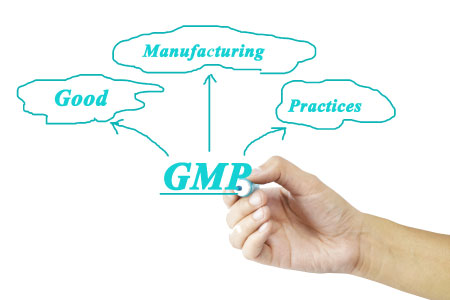Those who are associated with the pharmaceutical industry will know and understand the essence and necessity of a cleanroom facility. In layman’s terms, a typical urban space can contain as many as 35 million particles per cubic meter, with diameter sizes of 0.5µm or larger. A cleanroom (ISO 1) on the other hand has just 12 particles per cubic meter, with diameter sizes of 0.3µm or smaller. This becomes possible due to the presence of controlled environment settings and equipment that keeps pollutants such as airborne microbes, chemical vapors, aerosol particles, dust, etc. under check.
Cleanrooms are essentially existent within every practical industry where even the smallest of polluting particles can have a big impact on the entire manufacturing procedure. They are used extensively in a number of industries, including the pharmaceuticals and biotechnology. Environment control of pharmaceutical cleanrooms is also very important for manufacturing a high-quality product. Conditions which have to be controlled by such mechanisms include airflow, velocity, personnel, temperature, humidity, differential pressure, microorganisms as well as airborne particulate. Doing so can safeguard the product from coming into contact with any harmful contaminant.
Functions of HVAC and GMP
The HVAC system was created to provide thermal comfort along with acceptable indoor air quality. It is based on the thermodynamics principles, along with those of fluid mechanics and heat transfer. It is this system which creates the cleanroom environment using either HEPA (High Efficiency Particulate Air) filter or ULPA (Ultra Low Particulate Air) filter. HEPA filters are generally used on a larger scale, whereas ULPA filters are only deployed when stringent cleanliness performance is needed.
GMP (Good manufacturing practice) defines the guidelines that provide direction for manufacturing, testing & quality assurance for ensuring that a food or drug produced under a controlled environment is safe for human consumption. It must be noted that these guidelines are not meant to define ways of production, but are instead meant to create conducive principles that must be followed during production. In other words, GMP defines the guidelines to create a favorable environment for production, which allows HVAC to come in and build the atmosphere to set up cleanroom, the interiors of which are then cleaned up from pollutants by making use of HEPA/ULPA filter.
The Process
Once the cleanroom has been setup for production, it is tested for validation by implementing the HVAC system validation procedure. The sterile area is made to undergo the following tests:
- Airflow Pattern
- Airflow Velocity & Change Per Hour
- Filter Leak Test
- Particles Count
- Feasible Monitoring
- Filter Integrity Test
- Difference in Pressure
- Temperature and Humidity Recovery
- Temperature & Humidity Uniformity Test
- Fresh Air Determination
For more advice on cleanroom HVAC designs and more attend our webinar by Roger Cowan, titled “HVAC and GMP Environmental Control for Pharmaceutical Clean Rooms”. During the session, Roger will discuss US & international regulatory requirements for different clean room classifications. He will particularly focus on best practices in HVAC as well as GMP environmental control as intended for pharmaceutical cleanrooms.

